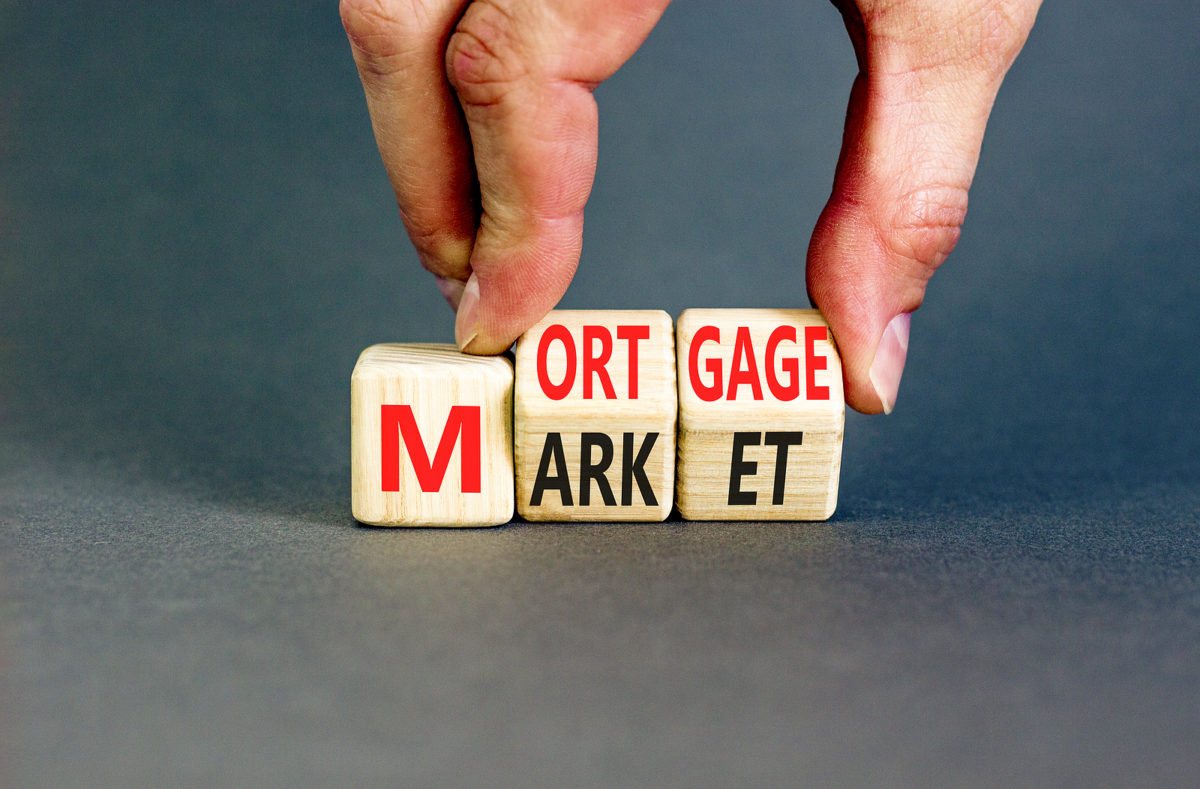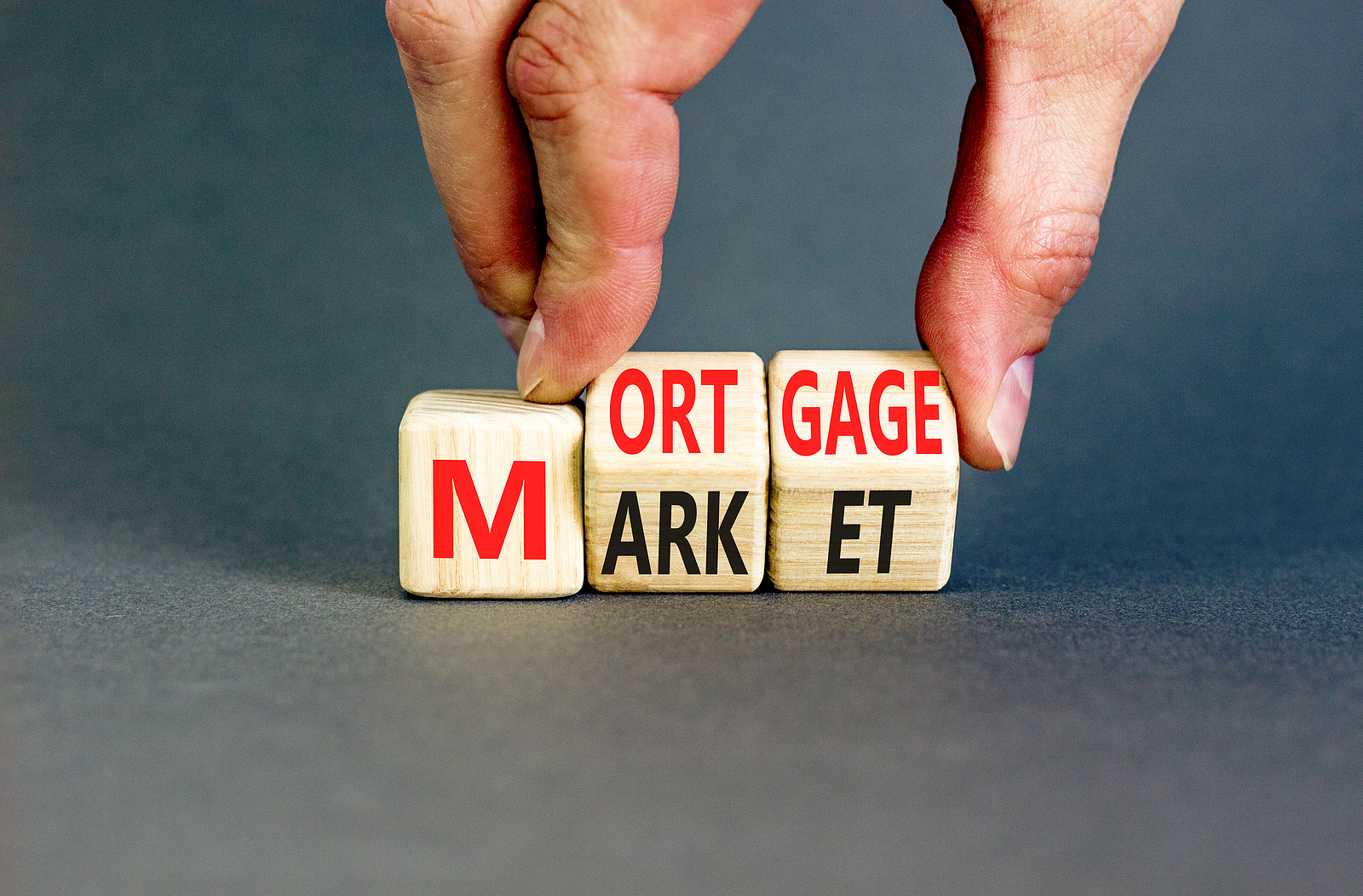If you think that making the decision to purchase a home was a tough one, wait until you see what’s next! The very first step in the process involves revealing your finances to complete strangers and then waiting to see if what you’ve shown is acceptable enough to be given a loan for hundreds of thousands of dollars.
That’s pretty scary stuff, right? Fortunately, it doesn’t have to be. There’s a process to follow when applying for a mortgage and the first part of it involves shopping carefully for a lender and a loan.
Where to find a mortgage lender
Mortgages are available from banks, credit unions, savings and loans, private mortgage companies and the government. Take your time and look into the different types of lenders and what they offer so that you can intelligently compare them.
The best way to narrow down the choices is to get referrals from your real estate agent, friends, neighbors and family. Then, check their current rates online. CreditKarma.com offers a handy rate-checker that is updated daily.
If you’re going after an FHA-backed mortgage, make sure that the lender you choose is FHA-approved. You’ll find a list of those lenders online at the US Department of Housing and Urban Development’s website.
The most commonly used FHA-backed mortgage for a single-family residence or condo is the Title II.
Differences in rates and terms between lenders can be striking, so choose several with attractive rates and then compare what each has to offer. Ensure that you are comparing the annual percentage rate (APR) of each loan.
This rate includes “… your interest rate as well as additional fees and expenses associated with taking out your loan, such as any prepaid interest, private mortgage insurance (PMI), some closing costs, mortgage points (also called discount points) and other fees you may need to pay,” according to Victoria Araj at RocketMortgage.com.
You might also want to consider visiting a mortgage broker. Instead of offering loans from one lender (their employers), brokers work for themselves and shop around for loans that fit particular circumstances, such as credit scores, financial situations and more.
If you are a veteran of the U.S. military, a senior or a member of a labor union that offers loan assistance, you have access to programs that other consumers don’t.
Meeting with the lenders
Later on in the loan process you’ll be at the lender’s mercy if your income and credit are less-than-stellar. Right now, though, you are in the driver’s seat, so take full advantage of the situation. Get all the information you can to help you make an informed decision about who will be your lender.
Get clear on the exact amount of money you have for a down payment. Then, when you meet with lenders, ask about:
Interest rates
- Ask the lender for current rates and whether that rate is fixed or adjustable.
- If you want an adjustable rate, ask when the rate will increase, how that will impact the payments and whether your payments will decrease when rates do.
- This is critical: request the loan’s APR. Expressed as a yearly rate, this figure includes the interest rate, fees, points and other charges. It is the APR you should use when comparing loan offerings.
Points
Points typically confuse first-time borrowers but when explained, you’ll “get it.” Bank of America has the easiest to understand explanation:
“Points are fees paid directly to the lender at closing in exchange for a reduced interest rate. This is also called “buying down the rate,” which can, in turn, lower your monthly mortgage payments. A point is equal to 1% of your mortgage amount (or $1,000 for every $100,000).”
See how easy that is? If only everyone in the real estate industry explained concepts so clearly!
Take this knowledge and use it to ask the lender to express the points in a dollar amount versus the number of points. In other words, make him or her do the math for you.
The fees
There are a lot of people involved in the loan process, from the appraiser to the notary public to the real estate agents and the lender. Oh, and Uncle Sam has his fingers in the pie as well. Naturally, they all expect to be paid, so the list of fees (included in your closing costs) will be lengthy and somewhat confusing. Some of the fees are negotiable, and the Consumer Financial Protection Bureau walks you through the process.
In 2015, the federal government decided that Americans needed a better tool with which to compare loan products. “Know before you owe” changed the Good Faith Estimate that lenders were required to supply borrowers to two forms.
The first is the Loan Estimate, which you will receive within three days of submission of your loan application. This form includes all the facts and figures having to do with the loan that you discussed with the lender. The figures, however, are not set in stone but they will give you a rough estimate to compare against those you receive from other lenders.
Pay close attention to the “Estimated Cash to Close” section. Again, this figure is an estimate, and not the final amount you’ll owe. That could be higher or it could be lower.
Then, at least three business days before closing your lender is required to send you the Closing Disclosure. Yes, it looks very much like the estimate but these figures are set in stone, unless you dispute them.
You have three days to peruse the form and compare it to the estimate. Have questions? Call your lender immediately to get the answers. Remember, you are about to close on the loan ― time is of the essence.
If all goes well you’ll sign a stack of papers and be handed the keys to your new home. Congratulations!

